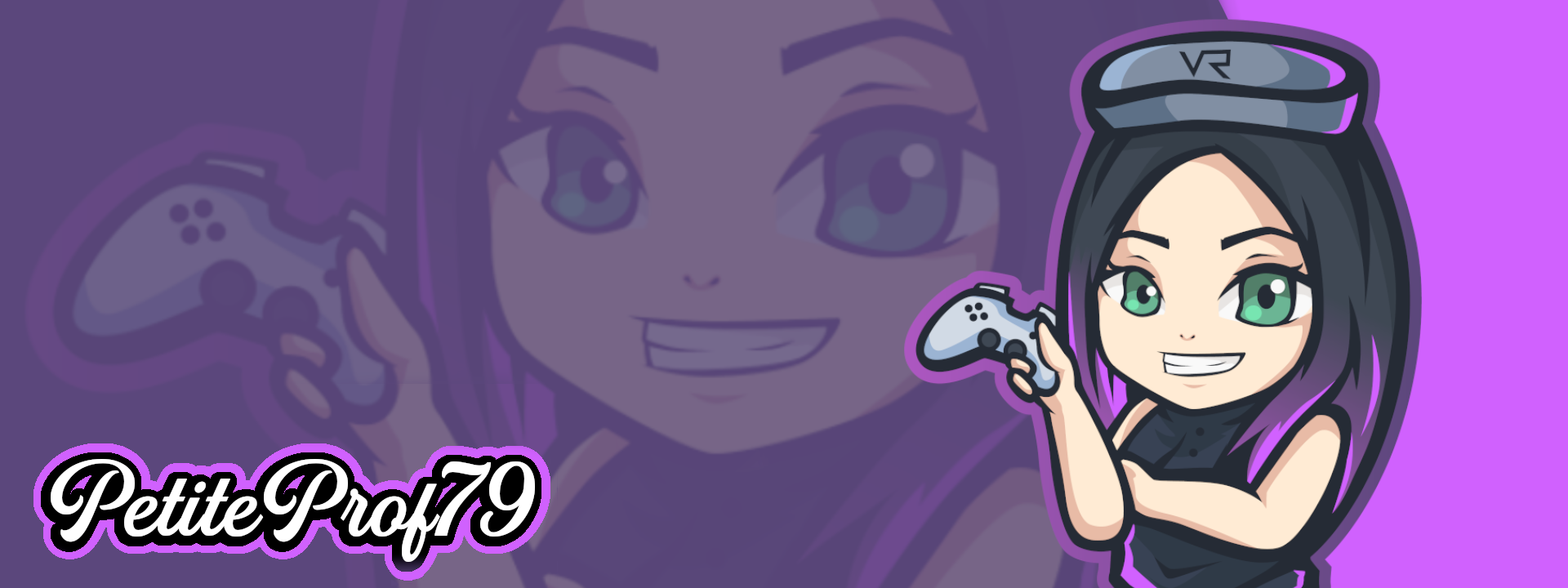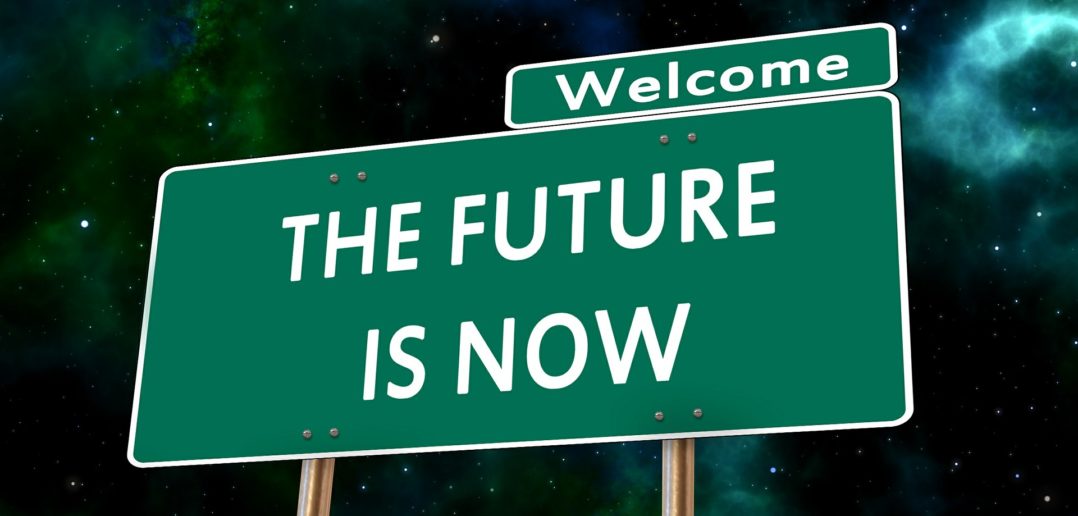We’ve been talking about the need to transform learning in the 21st century for years, referencing the 4Cs, the 6Cs of Deep Learning, 21st Century Skills, the “4Ps of Creative Learning,” and Ruben Puentedura’s SAMR model. However, it is long overdue to rethink and differentiate the previous understanding of terms such as “contemporary learning” and “transformation of learning” in the context of the SAMR model.
The SAMR model describes how technology can be integrated into education. One either uses technology to enhance instruction by replacing an analog medium with a digital medium (substitution; e.g., textbook as PDF on tablet) or augmenting the functions of an analog medium with digital means (augmentation; e.g., interactive textbook with multimedia files and 3D simulations or digital worksheets with LearningApps). One might also want to encourage a transformation by using the available technology to change the tasks (modification, e.g., digital and interactive poster with Glogster instead of an analog poster) or, based on the available technology, to redefine learning and the roles of teacher and student previously taken for granted (redefinition, e.g., active creation of VR content by learners or learner-led trips to Alaska with VR). This is not about the purely technical level, but it is about a changed attitude, a new mindset, which is aligned with the pedagogical goal.
The SAMR model is not a step-by-step model where you move up as you gain experience; it is about how to best achieve the pedagogical goal while incorporating technology. In S and A, the teacher is still traditionally at the forefront as the guiding force, while in M and R, the focus is on the learner.
However, exactly how the transition between improving instruction and transforming learning should occur is not addressed. In my view, therefore, it is necessary to divide the original domain of transformation into two separate and sequential domains and relate them, respectively, to the concepts of contemporary learning and future-oriented learning.
Contemporary learning
Contemporary learning tends to be a space of transition from teacher-centered or -directed instruction to the transformation of learning. However, it is only rudimentarily related to the all-encompassing transformation needed when facing an exponential future. Contemporary learning is already taking place in many schools today, with the use of contemporary technology such as tablets and other digital devices and tools, coding, and more and more learner-centered work. This is due in no small part to political measures such as the KMK strategy “Education in the Digital World” and the DigitalPakt Schule, as well as the resulting pedagogical concepts and also the Corona pandemic. Even if learners are slowly coming to the fore here as teachers are (sometimes inevitably) adapting assignments to the digital methods and tools available, we are still caught between teacher control and learner-centeredness due to the general frame of the education system (e.g., teaching to the test, centralized graduation exams, timetables, subject separation, etc.).
Future-oriented learning
Future-oriented learning is a state characterized by the fact that the transformation of learning is in full swing. Learners take responsibility for their learning and teachers are there to advise rather than direct them. The focus is on the learning process and the success of the individual in relation to the living environment.
The education system has already changed considerably in future-oriented learning, e.g. through new forms of evaluation, project orientation, interdisciplinary and interconnected learning. State-of-the-art equipment and digital infrastructure are a given here, and so is the existence of diverse learning spaces, which no longer have anything to do with the school of today, still resembling a factory.
Future-oriented learning is about meeting the complexity of the world in the age of digital transformation at eye level. Our society faces many problems whose solution depends on young people flexibly, collaboratively, and creatively constructing new knowledge together, enabling continuous innovation that can keep up with the diverse and interdependent developments in an interconnected world.
Specifically, this takes into account many 21st century skills (see, for example, Michael Fullan: 6Cs of Deep Learning) and the potential of learning anywhere, anytime. This has proven to be a useful approach not only in the school setting, but also in the professional world. For example, many companies that are very innovative have implemented concepts such as the Genius Hour, which allows employees to work on their own projects during their working hours, which can then be fed back into the company, years ago. This is how many of 3M’s ideas came about, for example. And many Silicon Valley companies also rely on such concepts. In education, in addition to the idea of the Genius Hour, there are also concepts based on it, such as the Frei-Day, which look promising.
Finally, when it comes to future-oriented learning, it is also important to consider the larger context of society as a whole. Among other things, this means taking into account the fact that learning does not take place in a vacuum, but that there are multiple relationships to the world, to society, and to the immediate community, so that individual actors can align themselves with one another. The ultimate goal of future-oriented learning is the learners’ ability to act in the future (cf. OECD Learning 2030), with the word “learners” referring to children and teenagers as well as to the adults who embark on a learning journey with them.
Thus, future-oriented learning is a fluid concept that continuously aligns itself with the future based on experiences from the present and lessons from the past. It combines topics such as extended reality, game-based learning, design thinking, futures thinking, artificial intelligence, the Internet of Things, and blockchain, among others, in order to be prepared for the problems of the future and to have solutions at hand.
If you’re interested in what future-oriented learning in 2035 may look like, read this story from the future of learning.

